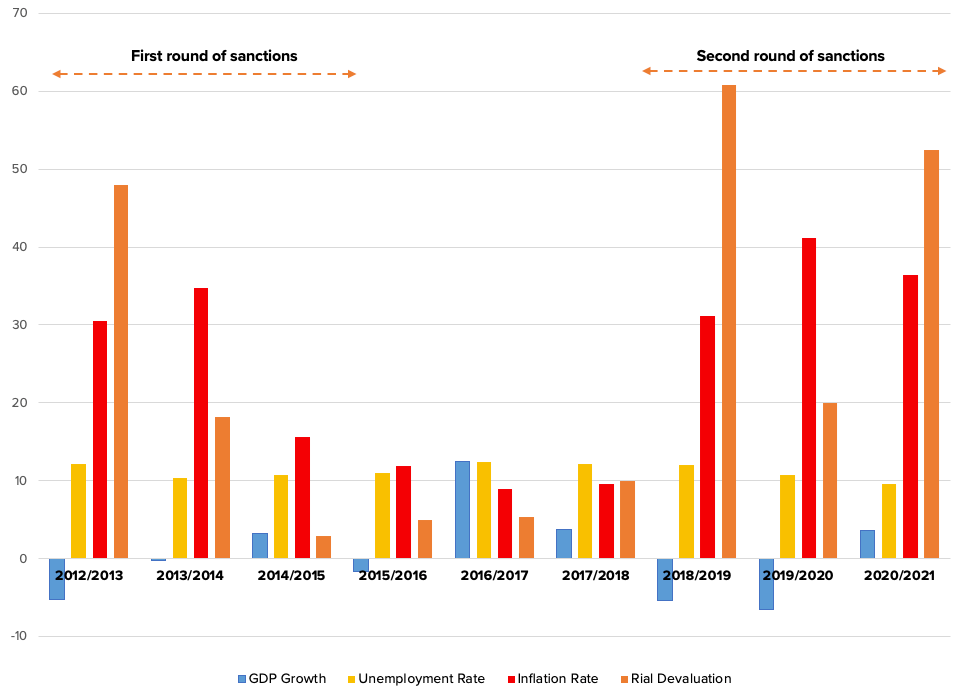On February 24, Russia attacked Ukraine, bombarding multiple cities, and killing soldiers and civilians. Russia’s attack plunged Europe into one of its most serious security crises since World War II. As a result, President Joe Biden, European leaders, and other US allies announced severe sanctions, targeting major Russian financial institutions and elites, and blocking technology exports to Russia. The hope was that these measures would isolate, ostracize, and contain President Vladimir Putin’s Russia.
However, the success of such sanctions depends on whether those assets held outside Russia can be identified and are vulnerable to confiscation. Not all sanctions effectively resolve conflicts nor change a targeted country’s policies. Indeed, many sanctions regimes have failed to achieve their stated aims even decades after they were imposed. One parallel for the new Russia sanctions can be seen in the even more stringent measures imposed against its ally, Iran.
Iran sanctions, a history lesson
Iran has been under various US sanctions for four decades and experienced severe economic sanctions in two rounds—under the Barack Obama and Donald Trump administrations—largely because of its advancing nuclear program. The first set of restrictive measures were imposed in December 2011, when the US, under the Obama administration, sanctioned Iran’s central bank and required substantial reductions in Iranian oil exports. This was followed in January 2012 by the European Union (EU) announcing that it would scale back and then suspend imports of Iranian oil. The results were dramatic. Iran’s GDP dropped by more than 5 percent in 2012-2013, the Iranian currency rial was devalued by 48 percent, and inflation rose to more than 30 percent from 21.5 percent over a year.
The desire for sanctions relief was a factor in Iran’s willingness to negotiate an interim agreement in 2013 and then a longer-term deal known as the Joint Comprehensive Plan of Action (JCPOA) in 2015, which curbed Iran’s nuclear program in exchange for sanctions relief. However, in 2018, President Trump withdrew from the JCPOA despite Iranian compliance. The US then unilaterally re-imposed all previous sanctions on Iran and even added new ones as part of its “maximum pressure” strategy.

 Eurasia Press & News
Eurasia Press & News


